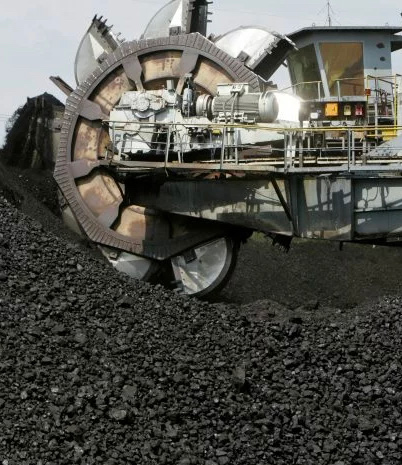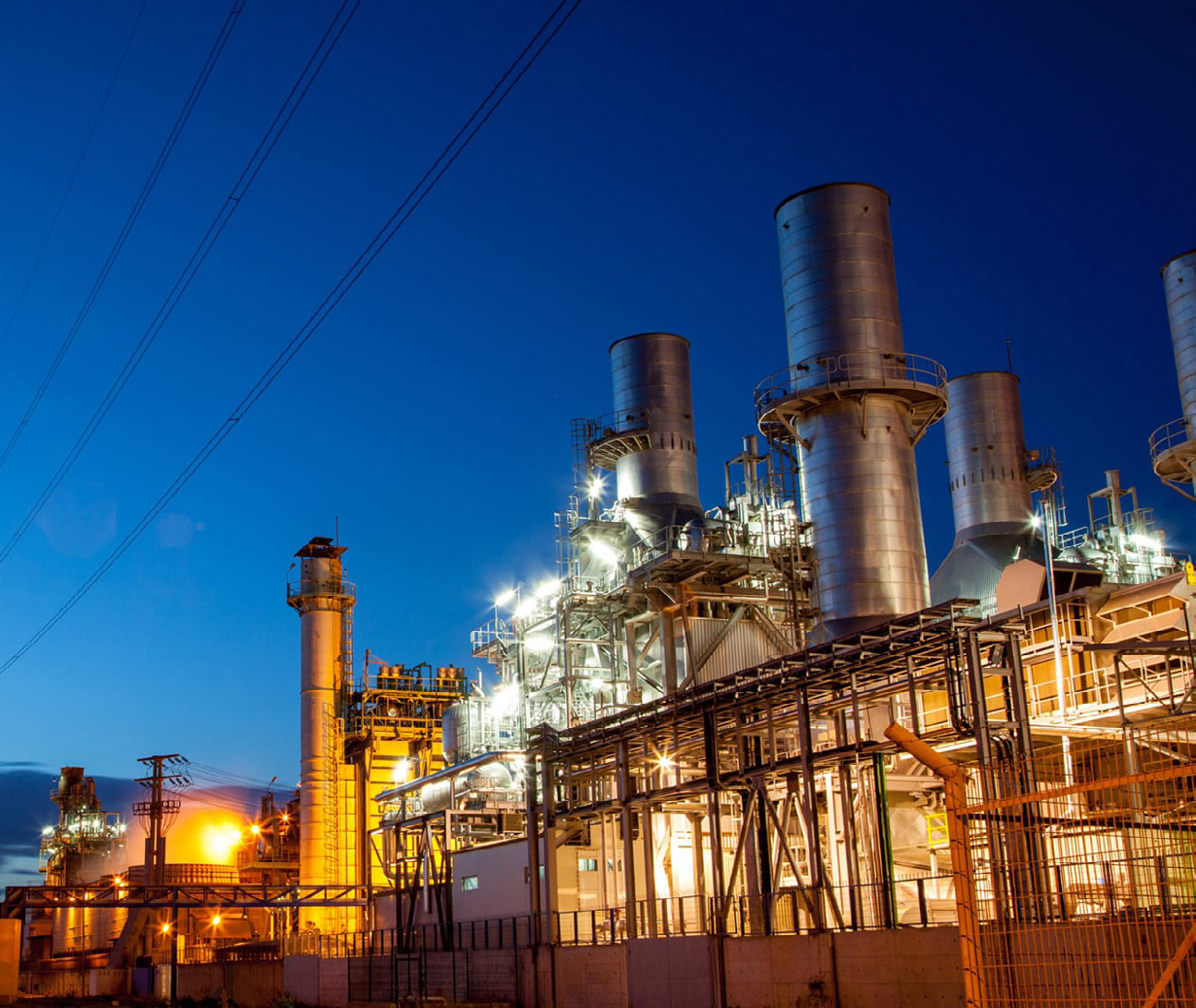Heavy machinery used in power generating stations is the key to producing the electricity we enjoy daily in our homes and businesses. The operation of reliable machinery that ensures the capacity of power stations in Zimbabwe to generate electricity. Zimbabwe boasts five main electricity power stations in Hwange, Kariba, Bulawayo, Harare and Munyati.
These power stations are run and maintained by the Zimbabwe Power Company (ZPC). Most
of the electricity used in Zimbabwe comes from Kariba and Hwange. In 2018 ZPC spearheaded the expansion of the Hwange Power station with works expected to be completed by February 2023. According to Zimbabwe Power Company in a press statement on their website, “In August 2018 we officially commenced expansion works at Hwange Power Station which will result in a third stage being added to the station with two 300MW units being constructed. The expansion project will increase Hwange’s generation capacity from the current 920MW to 1520MW.”

“Hwange Power Station is the largest coal-fired power station with 920MW installed capacity which is comprised of four 120MW and two 220 MW units. It is the 14th largest thermal station in the Southern African region and is adjacent to Wankie Colliery Open Cast Mine. The station was built in two stages. The four 120MW units were commissioned between 1983 and 1986 and the two 220MW were commissioned in 1986 and 1987. All six units are available and the station currently generates about 40% percent of the country’s electricity needs.” The construction of the 7th and 8th units is underway and is seeing an increase in the equipment being used and housed at the power station. Coal is being delivered using a six km long conveyor belt as well as heavy duty trucks. Some of the equipment used to facilitate this expansion includes coal hoppers, boilers, generators, transformers, steam turbines and condensers. Hydro-electric power stations also have heavy equipment that ensures that the generation of power is done smoothly. Zimbabwe has the Kariba Hydro-electric power plants that generate about 1050 Megawatts.
Britannica.com describes hydroelectric power, also called hydropower, as “electricity produced from generators driven by turbines that convert the potential energy of falling or fast-flowing water into mechanical energy”. To turn this water to electricity there is need for equipment such as surge tanks, spillways, headworks, penstocks, water turbines, impulse turbines, reaction turbines, alternators and transformers.
The spillways work when there is excess water to discharge from the dam. Headworks prevent dirt from entering the turbine. Surge tanks force water around the turbines to exert pressure. The turbines are responsible for the conversion of water to electricity. The alternators and transformers work at the last stage to transfer energy for consumption.

The decision to establish the Kariba Hydro-power Station was conceived in 1955 and operations started in 1962. “All six generators were in operation by 1962 with a generation capacity of 666MW. The station was uprated to 125MW per unit making the total installed capacity 750MW,” as stated in a press statement by Zimbabwe Power Company.
The upgrade that took place in 2014 extended the power station with two more units which generated 300 MW and this contributed significantly to the power supply in Zimbabwe.
“The project was successfully completed and commissioned in March 2018, thereby making Kariba South Power Station the biggest power generation plant in Zimbabwe with a total generation capacity of 1050MW,” read the press statement.
The equipment in Kariba is very efficient marking its operation effiency at 90 percent as the station can generate a maximum of 5000GW/hrs with a load factor of 80 percent.
Heavy equipment is the main drivers in energy generation. Every mechanical element of the power plant contributes to the reliable production of electricity produced up to the transmission stage.
Text by Martin Chemhere

